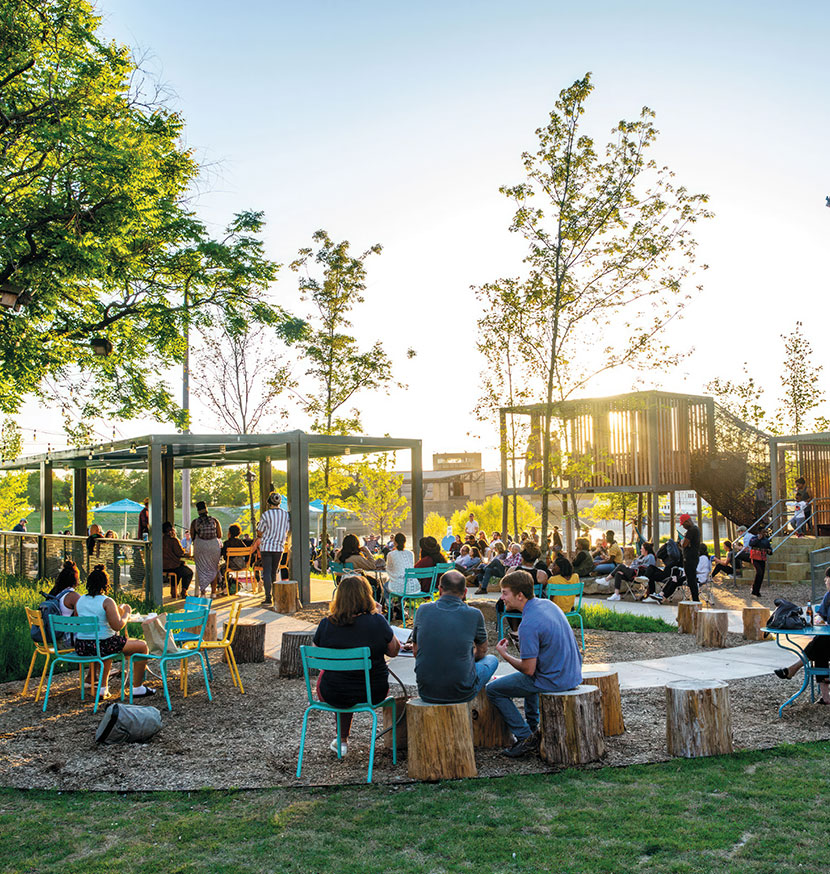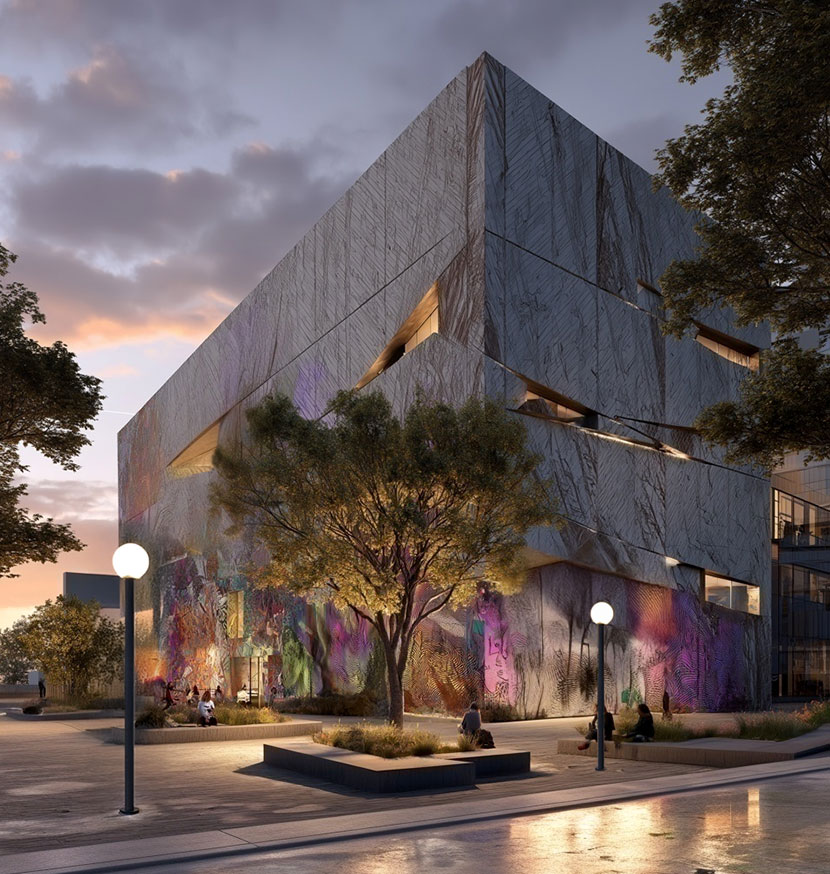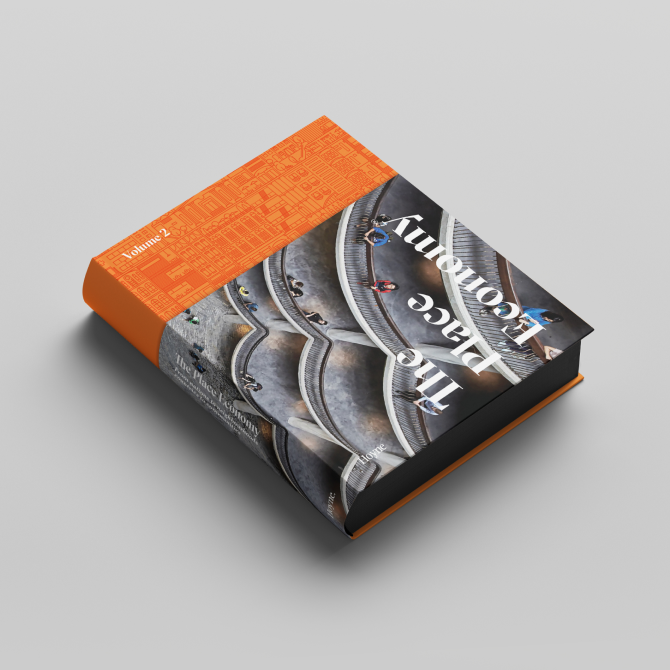
Australian cities should be vertical & multidimensional
Place Strategy Director, Tom Oliver Payne’s recent trip to Hong Kong filled him with a love of verticality and prompted him to ask how we can bring the multidimensional experience to Sydney?
On a recent trip overseas, I finally experienced the spectacle of the city of Hong Kong. Sipping on a beer from an upper floor bar, I was engrossed by immense, vertical cityscape – made even more intriguing by thick layer of fog below. I was guided up narrow stairwells to rooftop parks and podium bars, seemingly hidden from its meandering streets. I watched kids playing cheerfully in inner city parks, next to teenagers during an intense game of basketball. The word “vibrant” sprang to mind. Although I promised myself to stop using it.
I thought back to life in the Sydney CBD. It seemed dull by comparison. Suits by day, commuters by night – scrambling to get home before the peak hour rush. Yes, a few bars with a steady flow into the evening. But surely it could be so much more? I imagined ascending Sydney’s tallest towers for live music, swimming pools with panoramic harbour views, dazzling art installations hanging from grey infrastructure, and colourful playgrounds set in-amongst the buildings ensuring play, fun and joy isn’t just something for the weekends.
Surely, Sydney could be so much more. And why wouldn’t it?
After years of border restrictions, ghostly city centres and empty offices, you may have assumed our city’s economic woes had finally disappeared, and the future of our ‘CBDs’ is finally looking bright. Well, not quite. While office vacancy rates have staggered back towards the 13% mark, and visitor spend continues to climb, our city centres face a much bigger challenge: people have reconsidered their relationship with the city, and demand more than just desk space. The term “Central Business District” no longer rings true as people demand more reasons to make the daily commute.
The 20th century city was far different to the one of today. Heavy industry with thick fumes and heavy machinery was no place for offices, schools and homes. But as the cities have become increasingly service-oriented, views around strict, single use zoning have become increasingly divided. Broadly speaking, while those in the ‘Jane Jacobs camp’ argue for a mixing across all buildings, neighbourhoods and cities, others argue that strict, single use zoning should be retained to support people’s health and safety and the viability of industry. The argument continues to this day – which land uses can go together, where can they go together, and who decides?
When we consider the specific attributes across city centres such business clusters, transport connections and institutional proximity we begin to see the need for a more nuanced approach to land use planning and development, and by considering the city as a multidimensional sphere, the opportunities seem endless.
“Smarter CBDs are seizing the opportunity to diversify the space, to attract more than professional service workers and to bring residents, long-term wealth and activity around the clock,” says David Harding, Executive Director of Business NSW, an Australian not-for-profit membership organisation that advocates on behalf of Australian businesses. All that, Harding might add, will create dynamic experiences that make the most of expensive, vertical assets.
While cities like London long been investing in the vertical experience, with buildings like the Walkie Talkies infamous rooftop park, the elevated terraces of the Tate Modern and the more recent “Lift 109” at Battersea Power Station, these are just the tip of the iceberg. Existing rooftops and B-grade office spaces can be transformed and new buildings can be created that offer new, utterly unique experiences, offering a competitive edge and helping to attract global talent.
For centuries, the experience of cities has largely been two-dimensional, but as the business districts become ‘social districts’ now is the time to maximise the value of verticality.
Article by Tom Oliver Payne, Place Strategy Director, Hoyne
Back




